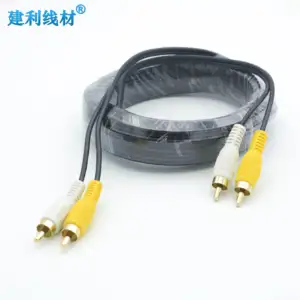Understanding BVVB Cable
BVVB cable represents a specific category of electrical wiring commonly utilized in a variety of settings. This type of cable is designed for fixed installations such as power and lighting circuits in both residential and commercial environments. The acronym BVVB stands for the construction of the cable: B refers to the class of conductor, V refers to PVC insulation, and the repeated VB indicates a flat PVC sheath.
Types and Applications
There are several types of BVVB cables, each tailored for different applications. The flat design is particularly suited for surface wiring, enabling efficient installation in spaces where round cables might be less practical. Its use extends to embedding in plaster, within cable ducts, and for power supply to devices where flexibility is not the primary concern.
Features and Materials
The core materials in BVVB cables are typically copper or aluminum, with copper being the more conductive, albeit at a higher cost. Insulation and sheathing materials are crucial for the cable's performance, with PVC being the standard due to its durability and protective qualities. This ensures the cable is resistant to a variety of environmental factors, such as moisture and chemicals, while also providing electrical insulation.
Advantages of BVVB Cable
The advantages of using BVVB cable include its ease of installation and the safety it provides. The flat structure of the cable allows for a more compact wiring solution, and the PVC insulation is effective in reducing the risk of electrical accidents. Additionally, the color-coded insulation is beneficial for quick identification of live, neutral, and ground wires during installation and maintenance.
Selection Considerations
When selecting BVVB cables, it is important to consider factors such as the gauge, current rating, and the specific requirements of the installation environment. The gauge should match the electrical load requirements, while the current rating must be suitable for the circuit's demand. Furthermore, the choice between copper and aluminum cores will depend on both budgetary considerations and electrical conductivity requirements.
Preparation for Wiring Projects
For those preparing for wiring projects, sourcing the right BVVB cable is essential. It is advisable to assess the insulation needs, whether bare wire is sufficient or if pre-insulated options are more suitable. Additionally, attachments like glands and terminals may be necessary to complete the installation, ensuring a secure and reliable electrical system.












































 浙公网安备 33010002000092号
浙公网安备 33010002000092号 浙B2-20120091-4
浙B2-20120091-4